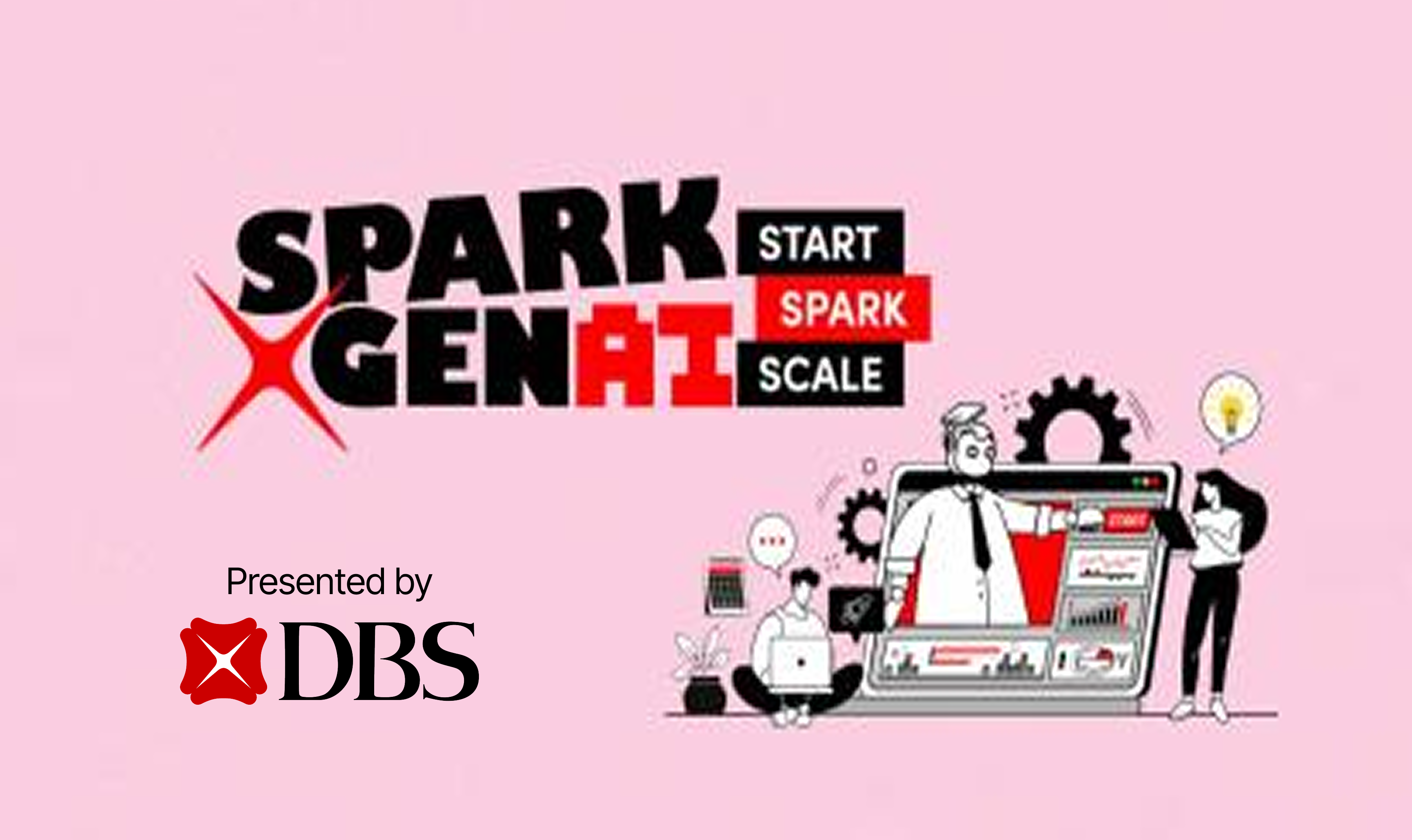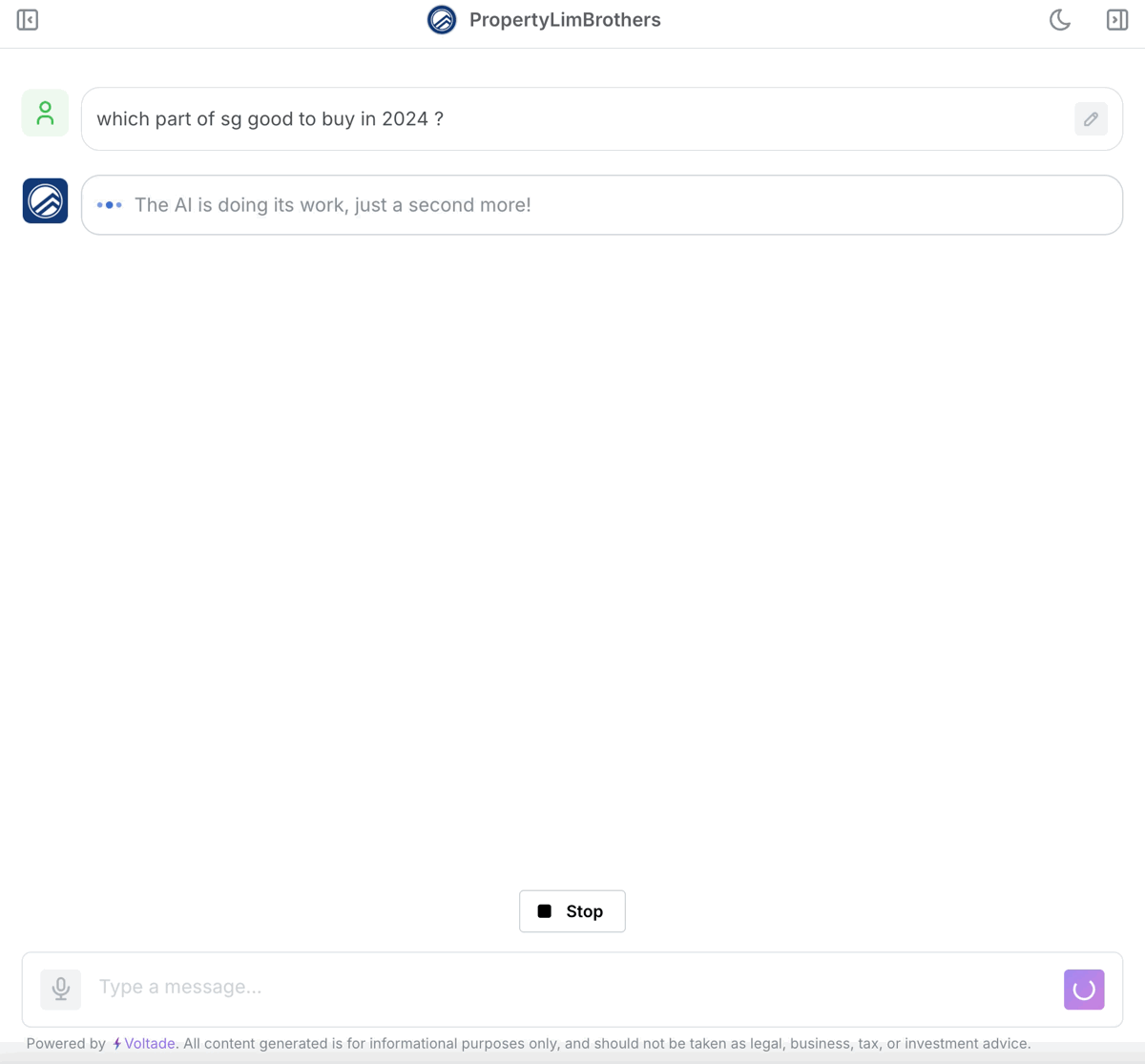The only AI CRM made for
Singapore SMEs
A DBS programme in partnership with EnterpriseSG and IMDA to bring Gen AI to all SMEs in Singapore






Daily leads report whatsapped to you
Management with ease
Through Envoy's Relationship Loop

Learns about each customer - who they are and what they like

Personalise messages to each customer

Tracks all customers - how they hear about you and how they engage

Bring WhatsApp, Email, and Facebook into one place
So they stay longer and tell their friends


Engage leads and close deals with a chatbot that actually sounds like you—and knows when to nudge.

Manage messages from every channel—email, WhatsApp, socials—in one smart dashboard.

Store, manage, and make sense of every customer detail—so you can build better relationships over time.

Your AI sales rep provides clear and detailed information to your leads, persuading them to quickly make a decision


Your AI admin assistant reminds customers to show up, reschedules when they're unavailable and keeps your schedule on point

Your AI data analyst transforms messy data into insights at your fingertips. Ask questions to receive instant answers from your conversation and contact data.


The chatbot has not only enhanced our customer support but also streamlined internal workflows, saving us significant time and reducing errors.


Voltade’s AI has streamlined our processes, reduced time spent on manual tasks, minimised human error and saved our team hundreds of hours of productivity.


Over the months, Envoy has saved us over 60 hours each month, improved website lead conversion by 20% and allows conversion to take place faster without a human!


Voltade has been instrumental in helping us create our own intelligent chat system that’s uniquely tuned to our business needs - they’re professional, insightful and easygoing!


For AI technology integration into your business outreach, Voltade is the partnership I can trust.


Since implementing Envoy, we’ve gained powerful insights into our customers' demands, enabling us to make impactful, strategic changes.


We saved 50 man hours each month, and improved conversion through faster replies to customers!


Our customer service staff have far more time for other tasks and the AI chat feature is wonderful to work with.







Timothy Joshua, Founder & CEO
━━━ illum.e



John Thang, Assistant GM
━━━ Manna Pot Catering



Marcus, CTO
━━━ PropertyLimBrothers





Timothy Joshua, Founder & CEO
illum.e



John Thang, Assistant GM
Manna Pot Catering



Marcus, CTO
PropertyLimBrothers
Set up within one week with up to 50% PSG Grant Support
We'll get you a coffee if it doesn't work out.